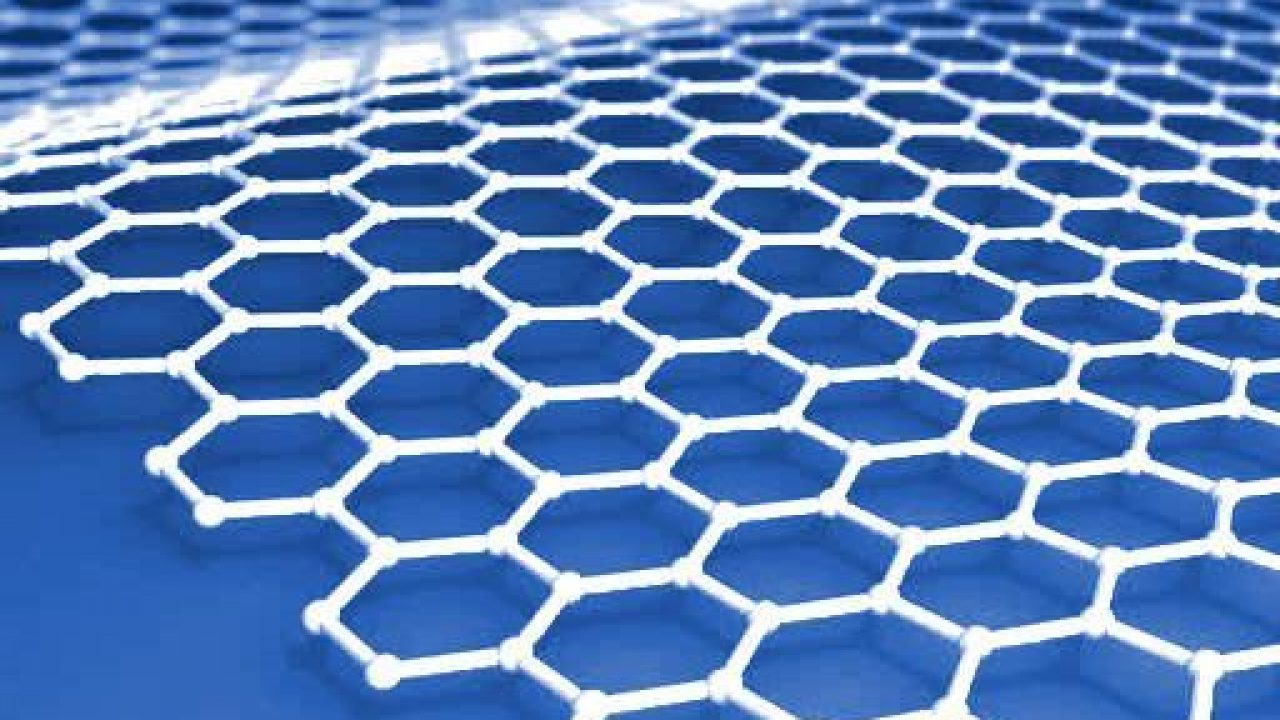Graphene Commercialization Effort Gets Funding
Article By : Nitin Dahad, EE Times

A University of Cambridge spinout aims to enable commercial production of graphene IP
LONDON – A University of Cambridge spinout focused on commercializing large-scale production of graphene intellectual property (IP) for electronics devices has closed of a £2.9M (about $3.9 million) seed round to support the development of its first major products.
Backed by some founders and investors of the who’s who of the U.K.’s electronics industry, the company, Paragraf, uses a proprietary, patent-protected approach to overcome the challenges of poor uniformity, reproducibility, limited size, and material contamination that have stymied all current graphene manufacturing techniques. It aims to harness the high conductivity, strength, low weight, and flexibility of graphene and says that it has developed the first-ever commercial-scale method validated to consistently deliver functionally active graphene with properties targeted to its final device-specific application, with both high quality and high throughput.
In an interview with EE Times, Simon Thomas, CEO and co-founder of Paragraf, said, “The biggest challenge for graphene to date has been in delivering the material in a contamination-free and reproducible format over a large area that can feed into various technology streams. We’re looking at enabling the delivery of large-area graphene on various substrates. Our uniqueness is the ability to combine graphene with semiconductors and dielectrics.”
He said that the company is planning on an IP licensing and royalty model, along with strategic partnerships, similar to that of microprocessor IP company Arm. The company is initially aiming to deliver into the sensor market.
“Our target is to enable production of mass-market-scale devices,” Thomas said. “We already have a joint partnership with cleantech company Verditek, where we are looking to improve solar-cell efficiency using graphene IP.”
Thomas added, “There’s no doubt that the electronic, mechanical, and optical properties of two-dimensional materials such as graphene have the potential to significantly increase performance in a multitude of state-of-the-art technologies. However, until materials like graphene can be delivered in commercially viable, device-compatible, functionally targeted forms, the achievements demonstrated at lab scale will not be transferred to real-world products. At Paragraf, we have developed the first production technique that allows true scaling of graphene-based devices.”
Through its graphene IP portfolio, Paragraf will apply these to a range of advanced electronic, energy, and medical devices. It has already produced layers with electrical characteristics optimized for producing very sensitive detectors at commercial scale and improved efficiency contact layers for common technologies such as LEDs.
Its devices will target markets including transistors, in which graphene-based devices could deliver clock speeds several orders of magnitude faster than silicon-based devices; chemical and electrical sensors, in which graphene could increase sensitivity by a factor of >1,000; and novel energy-generation devices tapping into kinetic and chemical green energy sources yet to be exploited by any other technology.
Paragraf is a spinout from the high-profile Centre for Gallium Nitride group of Professor Sir Colin Humphreys in the Department of Materials Science at the University of Cambridge in the U.K. Humphreys, who is also chairman and co-founder of Paragraf, previously set up two companies in 2010 and 2011 to exploit GaN-on-silicon LEDs developed by his research group, which were subsequently acquired by Plessey Semiconductor in 2012, which now manufactures LEDs based on this technology in the U.K.
He said, “Graphene has been called the new wonder material because of its potential to transform a range of industries such as electronics, energy, and health care. However, so far, its applications have been limited because good-quality graphene is only available in small flakes. Our underlying research has the capability to transform production by providing good-quality, large-area graphene on a commercial scale.”
Investors Bank on Graphene
The investment in Paragraf was led by Cambridge Enterprise, the commercialization arm of the University of Cambridge, with the participation of Parkwalk Advisors, Amadeus Capital Partners, IQ Capital Partners, and angel investors.
Hermann Hauser, who has a track record of developing and financing over 100 high-tech companies, including Acorn Computers and its spinout, Arm Holdings, in 1990 as well as Cambridge Silicon Radio (CSR) and currently Graphcore, was one of the investors through Amadeus Capital Partners, which he co-founded.
“Graphene has demonstrated some remarkable achievements in the lab, showing great promise for many future electronic technologies,” Hauser said. “However, without a pathway to commercial viability, scaling from proof-of-concept to end-user-accessible products remains beyond the horizon. Paragraf’s novel approach to two-dimensional materials fabrication brings the possibility of mass-market graphene-based devices a step closer to reality.”
IQ Capital has also has achieved significant exits including Autonomy (IPO), Imsense (Apple), Neul (Huawei), and Phonetic Arts (Google).
— Nitin Dahad is a European correspondent for EE Times.
Subscribe to Newsletter
Test Qr code text s ss


